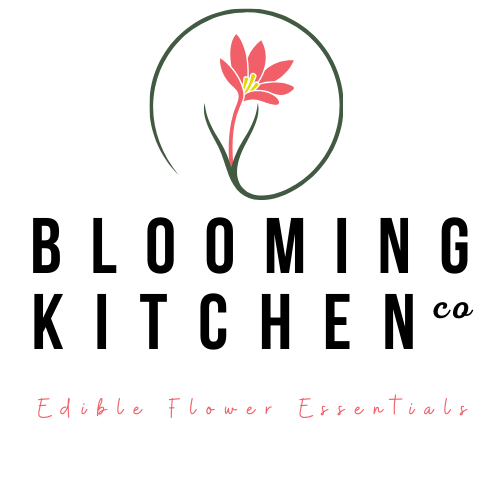Edible Flower Types & Usage Suggestions

"I don't have it all figured out but I'm blooming anyway."
I've been building Blooming Kitchen for a few years now. But lately, it's been building me.
Not just the business. The beauty. The devotion. The energy it takes to create something that really means something to me.
I've been learning how to live in alignment with what I offer others into through my products and events: intentionality, presence, and seasonal nourishment.
This fall, I'll be traveling to Greece for a soul-led retreat. Not because I had the money sitting there. Not because the timing was perfect. But because I felt the invitation in my body - and I said yes.
It wasn't logical. It was aligned. A whisper I couldn't ignore. Something I knew would open more of who I'm here to be.
I didn't want to crowdfund. I wanted to co-create something meaningful. So, I created the Blooming Box: a monthly, limited-edition offering designed to nourish, inspire, and support what's unfolding in you.
Each month, I will now offer these seasonal care packages. Every box supports this journey - mine, and yours.
Because blooming doesn't happen in isolation. It happens in community. In resonance. In reflection.

I don't always get it right. Some days I spiral. Some days I don't feel like enough. But most days, I'm learning to come home to something truer.

The woman behind Blooming Kitchen is a woman in progress. One who's learning how to say yes to herself. To rest. To expansion that doesn't come through force, but flow.

If you want to follow the behind-the-scenes of my unfolding, I share deeper reflections on Subtack:

If you want to support this journey and invite softness into your own life or someone you care for:
